‘Still Life with Guitar’ was found after its disappearance was traced during transport from Madrid
MADRID:
…
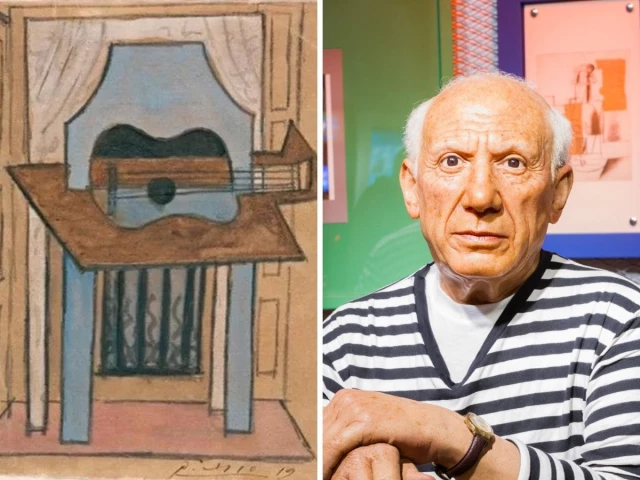
‘Still Life with Guitar’ was found after its disappearance was traced during transport from Madrid
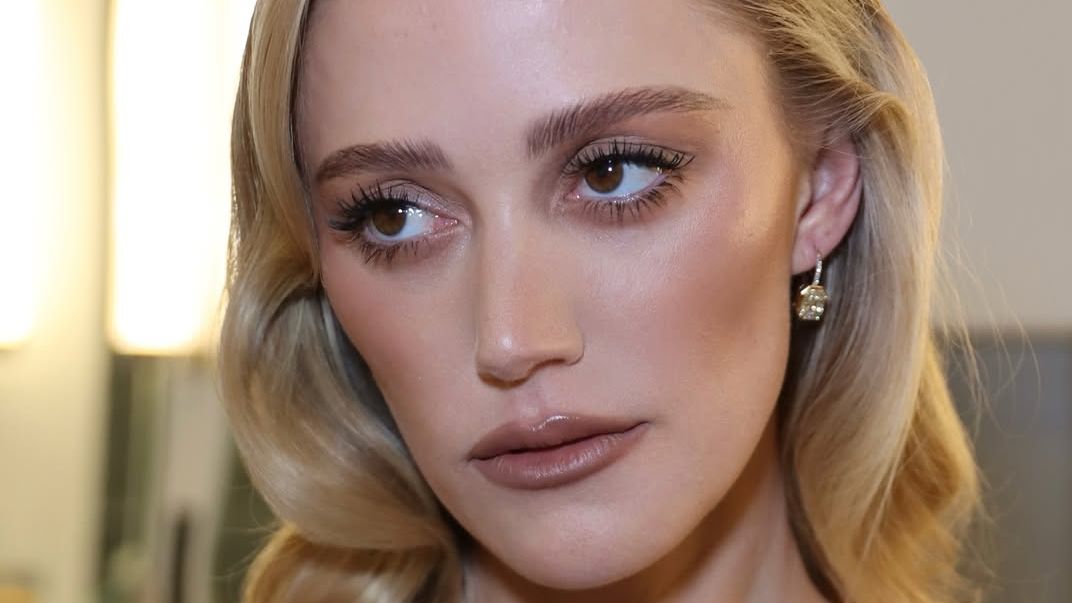
Welcome back to Beauty Marks: Vogue’s weekly edition of the best moments in celebrity beauty, from Vogue editors’ IG feeds, and all the glam of the fashion and pop culture landscapes. Each week, we curate the nail art to pin for your next…

Harshvardhan Rane is currently buzzing the headlines and is celebrating the success of his latest romantic drama, ‘Ek Deewane Ki Deewaniyat’, which also stars Sonam Bajwa. Directed by Milap Milan Zaveri, the film hit theatres on October 21….
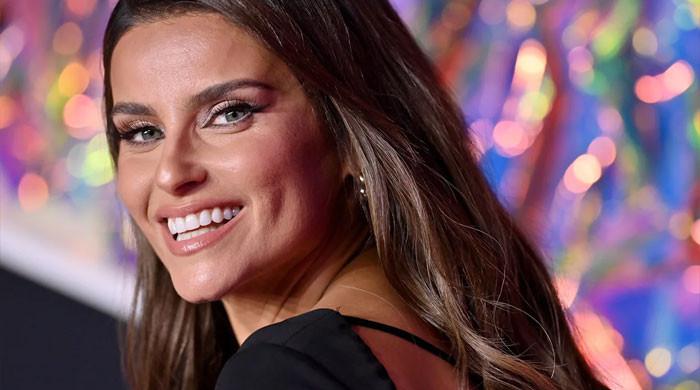
Nelly Furtado has announced she is “stepping away from performing for the foreseeable future.”
The singer, 46, made the announcement on…
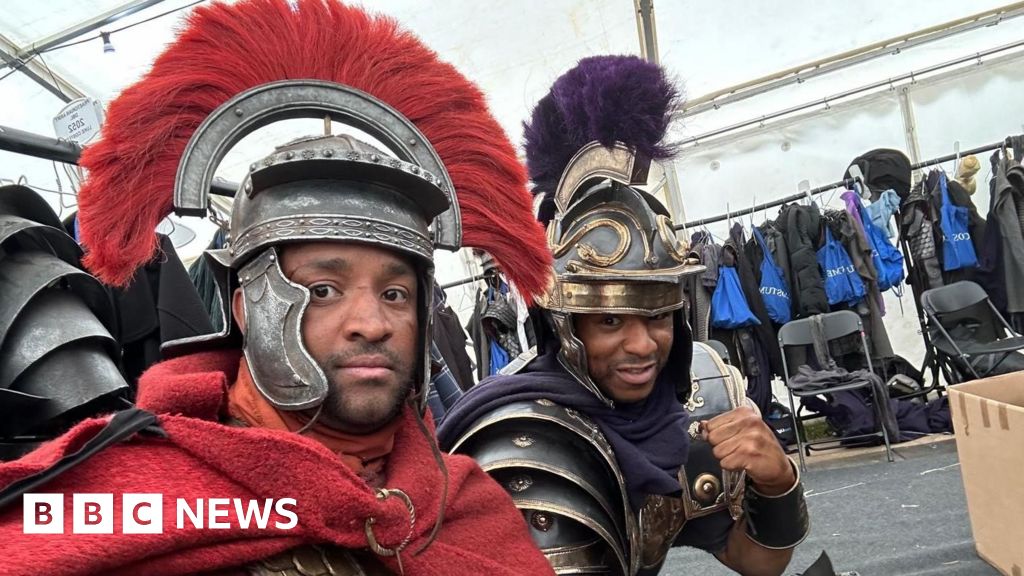
Sarah Spina-Matthews,North East and Cumbria and
Amy Oakden,BBC Radio Tees
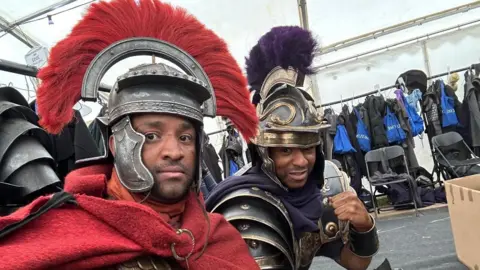 Supplied
SuppliedAn actor and producer has…

The future of the Isle of Wight Festival (IOWF) has been secured until 2033 after the renewal of its licence.
County Hall’s environment and community protection committee (ECPC) agreed terms on a seven-year extension to the land licence of the…

Dan Clancy apologized to Emiru after her TwitchCon assault, admitting Twitch ‘failed’
Twitch CEO Dan Clancy has publicly apologized to streamer Emiru…
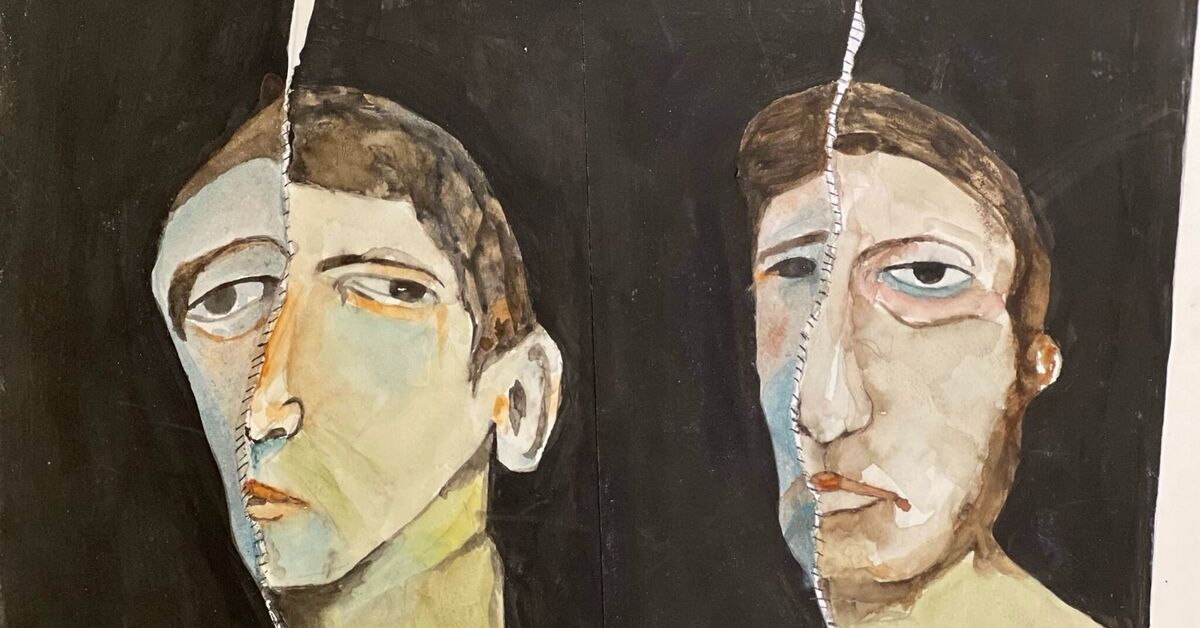
Even before starting a tour of Gaza Biennale — The Istanbul Pavilion, its curator warned that this is no ordinary biennial. Indeed, it is quite the opposite.
“The biennial is one of the most colonial inventions in contemporary art,” said…
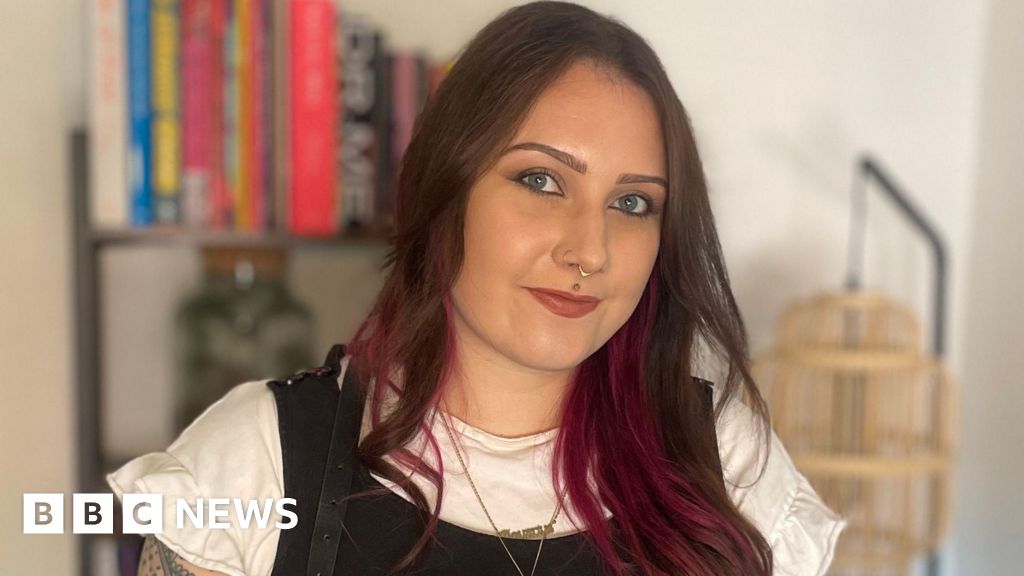
Alice CullinaneWest Midlands
 Darby Hutchby
Darby HutchbyWhen Darby Hutchby was studying visual communication at university in 2017, artificial intelligence (AI) was a…